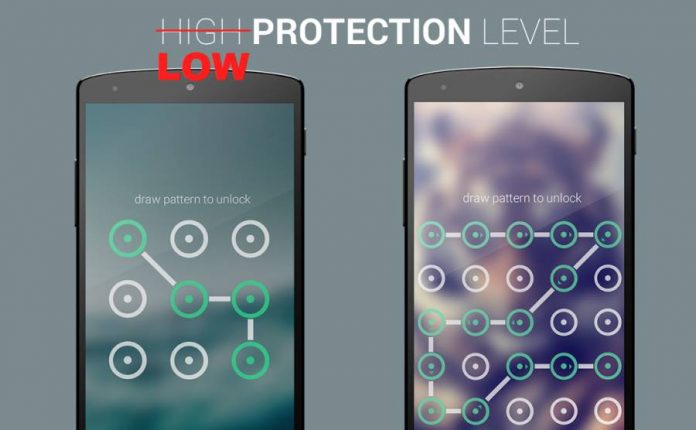
A group of researchers from three different institutions recently developed an algorithm that can crack even the most complicated Android pattern in one single attempt.
The software tracks a person’s finger movement through their screen and comes up with a set of possible lock screen configurations.
As smartphone security becomes increasingly important, in the age of large-scale hacking and ransomware, users should always be wary of who has access to their phones, which WiFi networks they connect to, and which security trends are the best at the moment.
Currently, a fingerprint scanner remains the best way of keeping a phone’s data secure from intruders. However, not all handsets come with this feature. App stores, nevertheless, have a myriad of interesting safety apps for budget phones.
How the algorithm works
The experiment’s results will come out through Lancaster University, with help from academics at the Northwest University in China and the University of Bath (UK). All three institutions conducted separate studies with the same algorithm.
Initial research revealed that hackers that decipher an Android lock pattern simply by recording a video of a person unlocking their phones. They input the video into the software, and the algorithm produces many possible combinations.
They tested this theory with 120 individual lock samples from 215 users and successfully guessed 95% of all the lock screen codes. They were able to crack 97.5% of the most intricate patterns in the very first try.
Interestingly enough, they guessed only 60% of the easier patterns on the first try, but that does not mean an easier lock pattern is harder to crack, quite the contrary.
Keeping your Android phone secure
As stated above, a fingerprint scanner is still the best way to keep a phone safe. However, users without this option can use facial recognition apps, for example.
Some Android phones already come with a camera unlock feature that uses facial recognition, users can check if it is available in Settings. A good starting option, also, is to change entirely to a PIN number or an alphanumeric password.
Another possibility can be installing apps like FaceLock, which offers a free version for a limited time. Also, Clean Master, which primarily serves to clean your Android phone of junk data, also contains a very useful AppLock option that might deter potential thieves.
Most Android devices also have the possibility of encrypting the inside data, which most users do not seize. Encrypted data makes it harder for hackers to access the content on your phone if they manage to break through the initial lock screen.
Source: Android Headlines










